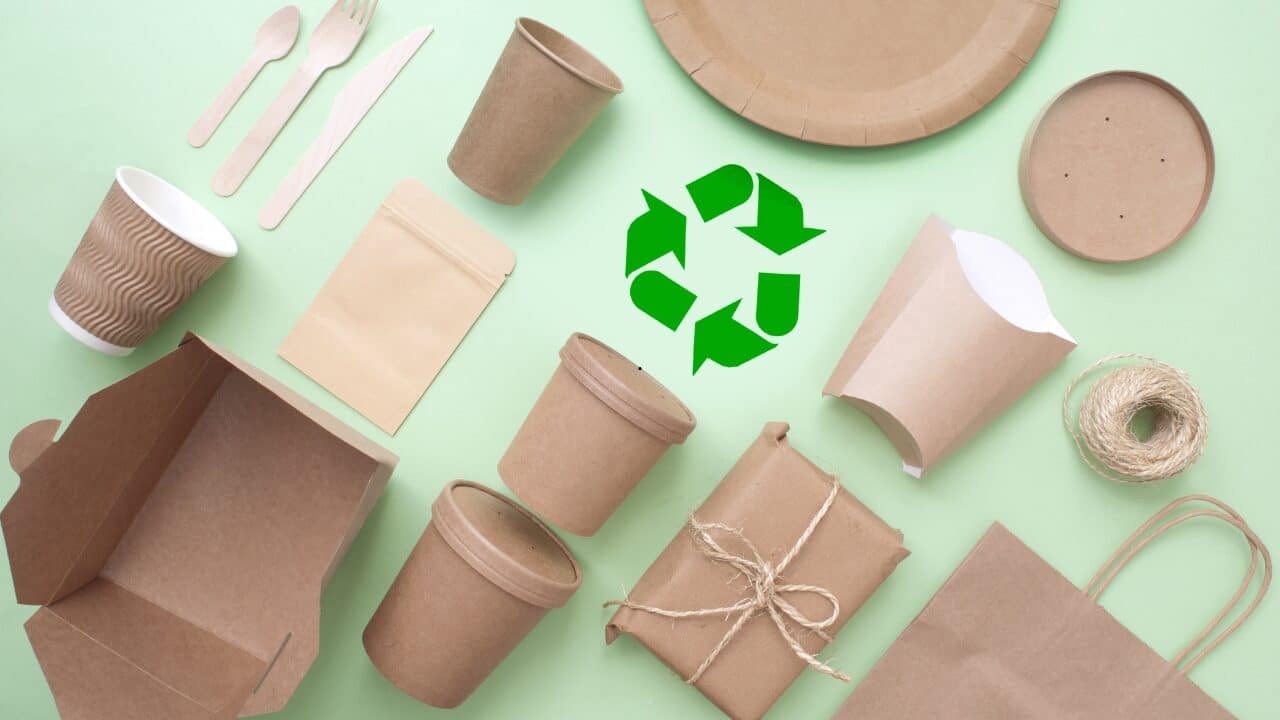As important connecting components, pipe fittings are widely used in construction, pipelines, oil, natural gas, and water supply systems.
Choosing the right pipe fitting molds can not only improve production efficiency but also ensure product quality and consistency.
At Pipe Fitting Molds, we understand that the mold manufacturing process is vital for producing durable and precisely shaped pipe fittings.
This article will explore the key factors to consider when selecting pipe fitting molds and how we can help you find the ideal solution.
Table of Contents
The Role of Molds in Pipe Fitting Production
Pipe fittings are used to connect different parts of piping systems, coming in various shapes such as elbows, tees, reducers, and caps.
The mold determines the final shape, thickness, and structural strength of these fittings. Therefore, the quality of the mold directly impacts the quality of the final product.
Choosing precise and high-quality molds can effectively reduce risks such as leaks, weak structures, or misaligned joints.
Key Factors to Consider When Choosing Molds
- Material Quality and Compatibility
- The material of the mold is as important as that of the pipe fittings. High-quality molds are typically made from metals that can withstand high temperatures and pressures, such as steel or aluminum alloy. The mold material needs to be compatible with the materials used for the fittings (e.g., PVC, PE, PP, or other thermoplastics).
- Precision and Accuracy
- Precision is the cornerstone of high-quality pipe fitting molds. Since the allowable error range in pipe fitting production is very small, even minor errors in the mold can lead to significant quality issues. Manufacturing high-precision molds through CNC machining and advanced design software ensures that every fitting meets industry standards and specifications.
- Efficiency and Production Speed
- Efficient production is essential for large-scale manufacturing. Well-designed molds can reduce cycle times and facilitate smooth demolding processes. Molds equipped with rapid heating and cooling features can shorten production times, thereby enhancing overall production efficiency.
- Durability and Maintenance
- Pipe fitting molds typically need to withstand thousands of production cycles. Choosing durable molds can reduce the frequency of repairs or replacements, minimizing downtime. Molds with replaceable or modular components are also easier to maintain, extending their lifespan and ensuring continuous production.
- Customization and Design Flexibility
- Custom mold designs help adapt to different shapes, sizes, and complex structures. Flexible designs enable manufacturers to quickly respond to changing demands or new product specifications, thereby enhancing competitiveness.
- Cost-Effectiveness
- While ensuring quality and precision, cost considerations are equally important. Choosing molds that offer both initial investment and long-term value can ensure cost-effectiveness. Our expert team is dedicated to helping clients find the best balance between budget and production goals.
Manufacturing Process and Quality Control
The production of high-quality pipe fitting molds involves multiple steps, from initial design and prototype development to rigorous testing and quality control.
Each mold undergoes comprehensive testing to ensure its performance and durability meet standards. Advanced simulation tools help us identify potential issues and make necessary adjustments before finalizing the mold, saving time and costs.
Future Trends in Pipe Fitting Mold Technology
As technology advances, the field of pipe fitting mold manufacturing continues to evolve. Automation, 3D printing, and AI-driven design processes are changing traditional methods.
For instance, 3D-printed prototypes allow for faster and more precise testing before formal production, optimizing design and performance.
Additionally, AI aids in predictive maintenance, enabling early detection of potential wear or faults in molds, further extending their lifespan and reducing downtime.
Conclusion
Choosing the right pipe fitting molds is a multifaceted decision that affects quality, efficiency, and cost-effectiveness. By focusing on material quality, precision, durability, and customization, manufacturers can meet today’s market demands for high standards.
At Pipe Fitting Molds, we possess extensive expertise and innovative spirit in mold manufacturing, fully supporting our clients at every step.
We are committed to providing high-quality mold solutions to help you excel in pipe fitting production. Whether you aim to upgrade existing molds or launch new projects, our team is ready to provide tailored solutions for you.





